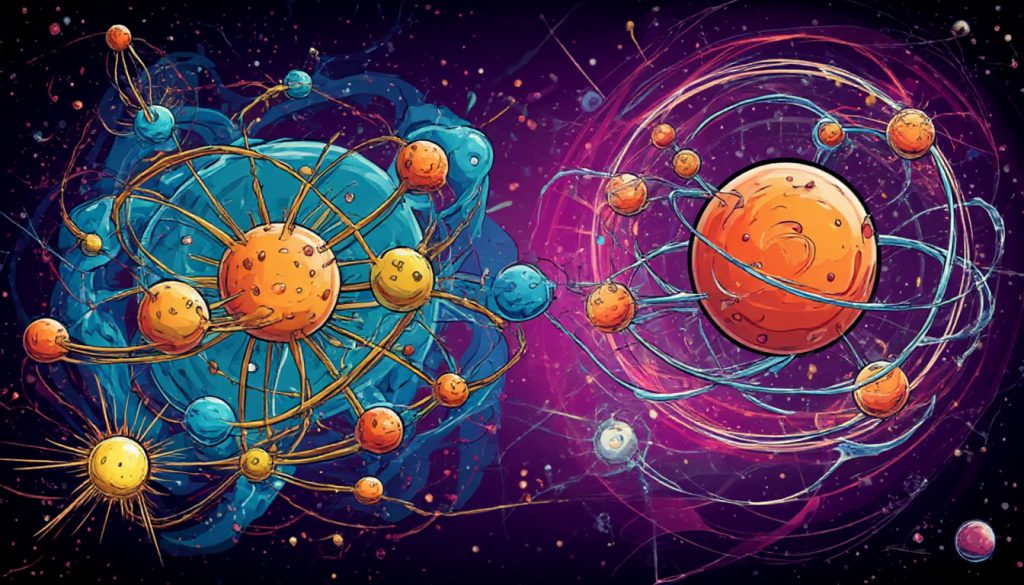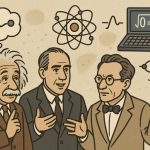Quantum entanglement is one of the most fascinating and puzzling phenomena in modern physics. First predicted by the principles of quantum mechanics, it suggests that two or more particles can become linked in such a way that the state of one instantly influences the state of the other — no matter how far apart they are.
What Is Quantum Entanglement?
At its core, quantum entanglement is a special connection between quantum particles, such as electrons or photons. When two particles are entangled, their properties — like spin, polarization, or momentum — become correlated. Measuring one particle instantly determines the state of the other, even if they’re separated by vast distances.
This behavior contradicts the expectations of classical physics, where objects are only influenced by local interactions and signals travel no faster than the speed of light.
A Brief History
Entanglement was first discussed in 1935 by Albert Einstein, Boris Podolsky, and Nathan Rosen in their famous EPR paper. They viewed entanglement as a paradox, calling it “spooky action at a distance”. Einstein was skeptical, believing it revealed a flaw in quantum theory.
Decades later, physicist John Bell devised a way to test entanglement experimentally using what are now called Bell’s inequalities. Experiments since the 1980s have overwhelmingly supported the existence of entanglement, confirming the predictions of quantum mechanics.
How Entanglement Works
- Two particles are created in such a way that their properties are linked.
- These particles are separated, sometimes by kilometers.
- A measurement is made on one particle.
- The second particle instantly reflects a complementary result — even before a light signal could travel between them.
This defies our classical understanding of causality and locality.
Applications of Quantum Entanglement
Quantum entanglement is not just a theoretical curiosity — it’s a powerful resource for emerging technologies:
- Quantum computing: Entanglement allows quantum bits (qubits) to process information in parallel, enabling massive computing power.
- Quantum cryptography: Provides ultra-secure communication channels that are theoretically immune to eavesdropping.
- Quantum teleportation: Not of matter, but of quantum states — useful for quantum networking and data transfer.
- Precision measurements: Entangled particles can enhance the accuracy of atomic clocks and sensors.
Philosophical Implications
Quantum entanglement challenges our notions of reality, locality, and causality. It raises profound questions:
- Is the universe fundamentally interconnected?
- Does reality exist independently of observation?
- Can information be non-local?
These questions are at the heart of debates in quantum foundations and philosophy of science.
Final Thoughts
Quantum entanglement remains one of the most intriguing aspects of nature, defying our intuitions and opening doors to revolutionary technologies. As research continues, we may uncover even deeper connections between the fabric of space, time, and information.
Glossary
- Quantum particle — a particle governed by quantum mechanical laws, such as electrons or photons
- Bell’s inequalities — mathematical inequalities that test the predictions of quantum mechanics versus classical theories
- Quantum teleportation — transfer of quantum information from one particle to another at a distance
- Qubit — a basic unit of quantum information used in quantum computing


